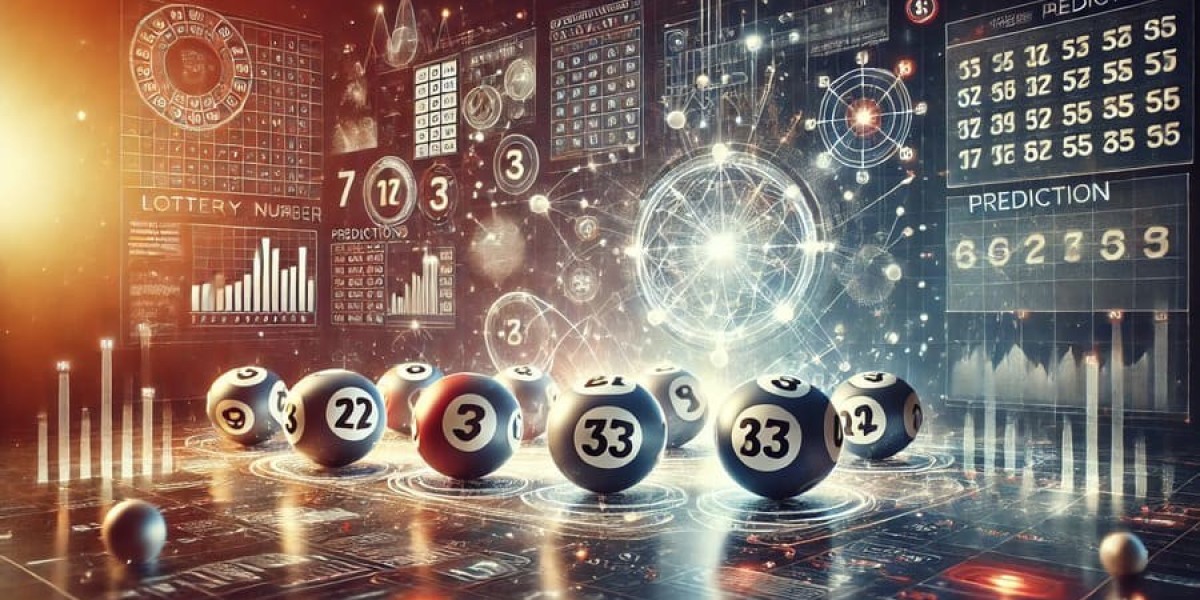In today’s world, many individuals take part in lotteries, believing that luck will guide them to win the jackpot.
In today’s world, many individuals take part in lotteries, believing that luck will guide them to win the jackpot. However, what if there may be an underlying numerical trend in historic lotto numbers that would inform their choices? The study of historical lotto numbers provides not solely insights into past successful mixtures but in addition a chance for enthusiasts to decode patterns which will improve their strategies. Understanding the significance of these numbers might help gamers make informed choices while appreciating the fascinating arithmetic behind these games of chance. Let’s dive into the intricate realm of historic
Lotto Number Recommendation numbers, examining how they can be analyzed, interpreted, and potentially leveraged for future play.
To underscore the practical application of historic lotto numbers, let’s examine the Powerball database. Since its inception, Powerball has recorded tens of millions of winning combos, offering a treasure trove of knowledge for analysis. Players usually look at frequency charts which show that sure numbers reappear in a cyclical nature. For instance, the number 26 constantly ranks among the highest frequencies drawn in various stories. Moreover, analyzing jackpot sizes and their corresponding profitable mixtures reveals that larger jackpots attract widespread participation, resulting in a dilution of probabilities amongst gamers. Historical data can spotlight these trends, enabling members to make data-driven choices about their entries.
The exploration of historic lotto numbers extends past mere knowledge evaluation; it fosters a vibrant group of players sharing suggestions, strategies, and insights. Many online forums and social media platforms are devoted to discussing historic patterns and sharing best practices. Engaging with others can not solely enhance one’s understanding of the sport but also provide help and motivation in a venture that may often really feel solitary. Whether it’s sharing private experiences or crowdsourcing number recommendations, neighborhood interaction significantly enriches the
Lotto Winning Probability enjoying experience.
Choosing
Lotto Statistics numbers properly is not merely a matter of luck; it requires a blend of insight, strategy, and a contact of mathematics. Many aspiring lottery winners strategy the duty with sheer randomness, but studies recommend that those who take a methodical strategy considerably improve their chances of success. With hundreds of thousands of combinations and the odds usually stacked towards gamers, understanding the dynamics of number selection is crucial. This article will delve deep into numerous strategies and methods that can aid you in making informed decisions while choosing your
lotto numbers. We will discover statistical evaluation, frequency tendencies, and even delve into widespread myths that can mislead gamers. So, how are you going to enhance your method to picking
Lotto Prediction numbers wisely? Let's take a more in-depth look at the tools and strategies available to maximize your probabilities of popping out on high in the lottery recreation.
Frequency evaluation is doubtless considered one of the most popular methods employed by critical lotto gamers. This strategy involves tracking the frequency of each number in earlier attracts. Players typically use this information to predict which numbers might come up in future draws. Statistical proof suggests that sure numbers are drawn extra often than others over a specified timeframe, which could be a strong basis for choice. For example, within the UK National Lottery, statistical evaluation has shown that some numbers, like 23 and 40, have appeared more incessantly than others over time. However, it's essential to remain cautious; while frequency evaluation can provide insights, it is not foolproof, and reliance solely on this methodology without diversifying quantity selections can result in disappointments.
Many myths and misconceptions surround lottery quantity selection that can mislead gamers. A frequent fantasy is that certain numbers are "due" to hit based on past attracts. This is an example of the gambler's fallacy, the place players believe that past events can affect future randomness. The draw of every lottery sport is unbiased; therefore, earlier quantity occurrences do not have an result on future outcomes. Another prevalent perception is that fast picks, randomly generated numbers, provide worse odds than self-selected numbers; nevertheless, statistically, both strategies have the same chance of successful. Recognizing these myths helps gamers make extra knowledgeable selections when selecting their finest
lotto numbers to select.
Several real-world case research underscore the impression of strategic analysis on lottery success. For occasion, a gaggle of associates pooled their resources and systematically analyzed California SuperLotto Plus data for several years. They recognized statistically important patterns that led to several modest wins over time compared to people who played randomly. Furthermore, a person in Croatia received a major jackpot after working towards diligent quantity evaluation, specializing in both statistical developments and personal alternatives. These examples reveal that while no strategies assure successful, informed decision-making can enhance general lottery expertise.
 Chat-Video kostenlos
Ved Pearl Neidig
Chat-Video kostenlos
Ved Pearl Neidig 15 Terms Everyone Working In The Leather Sofas For Sale Industry Should Know
Ved Garnet Howie
15 Terms Everyone Working In The Leather Sofas For Sale Industry Should Know
Ved Garnet Howie Купить диплом об образовании занесенный в реестр.
Ved Forrest Burbach
Купить диплом об образовании занесенный в реестр.
Ved Forrest Burbach 5 Things That Everyone Doesn't Know On The Subject Of Cot For Sale
Ved Jessika Sleigh
5 Things That Everyone Doesn't Know On The Subject Of Cot For Sale
Ved Jessika Sleigh 11 Strategies To Completely Defy Your Mini Freezers
Ved Val Kinsella
11 Strategies To Completely Defy Your Mini Freezers
Ved Val Kinsella

